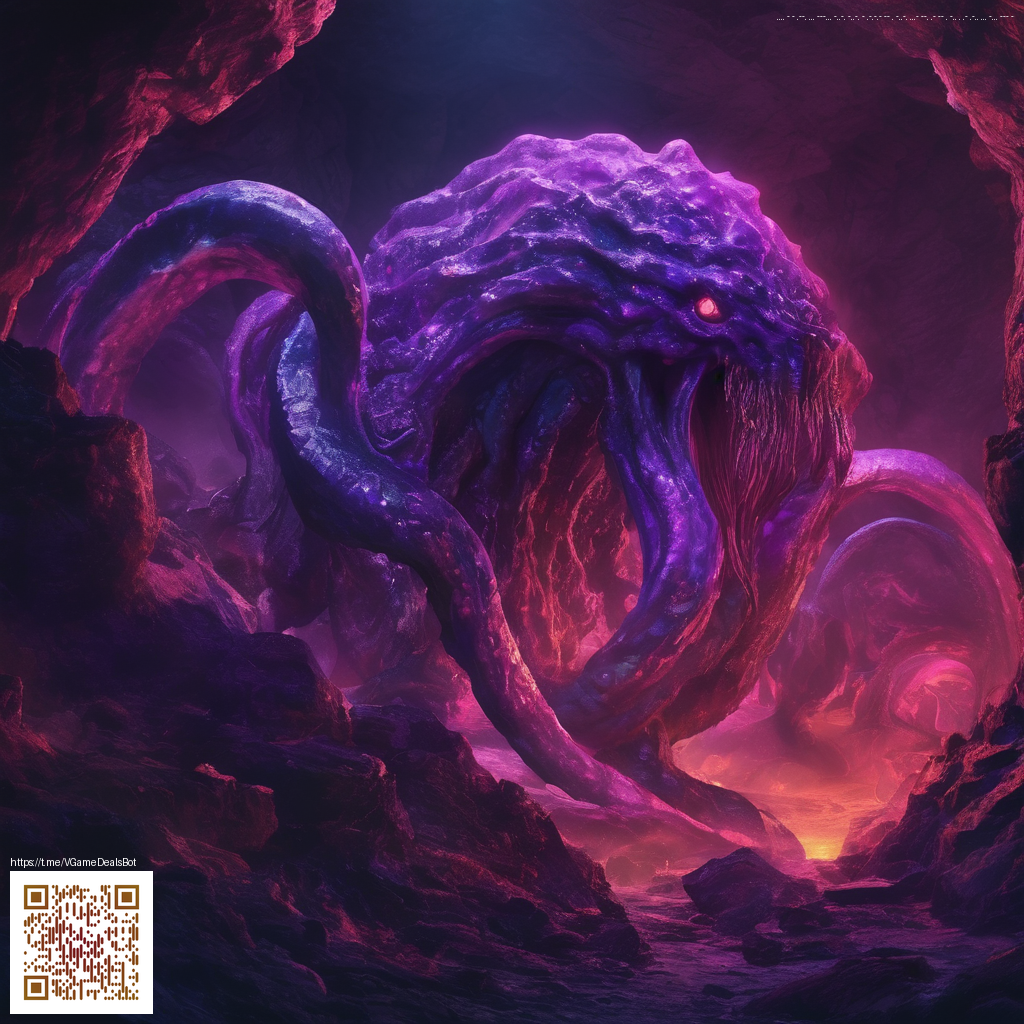
Enhancing Canva Projects with Digital Paper Techniques
Digital paper textures are a powerful way to add warmth, depth, and personality to your Canva designs. Rather than relying on solid colors or flat patterns, you can layer tactile backgrounds, subtle grain, and geometric textures to create visuals that feel crafted and intentional. In this guide, we’ll walk through practical approaches to using digital paper within Canva projects—from social graphics to print-ready posters.
Tip: Start with a single textured background and build your composition on top. A well-chosen paper texture acts like a unifying color or mood that ties your elements together rather than fighting with them.
Why digital paper makes a difference
Texture conveys tactile quality in a digital space. When you add a digital paper layer with just the right amount of grain or pattern, your colors feel richer and your type reads with more personality. The key is balance—let the texture support your message without overwhelming it. In Canva, you can achieve this by controlling transparency, layering, and subtle color overlays.
Getting started: choosing and preparing textures
- Choose textures that align with your brand palette. If you’re using a neon or glossy aesthetic, look for paper patterns with understated sheen or a light grain to contrast bold shapes.
- Ensure your textures are high enough resolution for your output size. For digital graphics, 150–300 PPI is usually sufficient; for print, aim higher to preserve detail.
- Save textures in accessible formats (PNG or high-quality JPEG) and organize them in a Canva folder for quick reuse.
- Consider color adjustments—many textures read better when you apply a slight color wash to harmonize with your project’s hues.
Layering and blending: building depth
Layering involves more than placing one texture behind your artwork. You can blend textures with solid shapes, gradients, or imagery to create depth. In Canva, try the following:
- Place your digital paper as a base layer with low to moderate opacity so it supports rather than competes with foreground elements.
- Use a soft overlay in a complementary color to unify the palette. A subtle overlay can mute busy textures while preserving personality.
- Experiment with blend modes and masking. While Canva’s tools are not as exhaustive as Photoshop, you can create convincing depth by combining textures with transparent shapes and clever cropping.
- Incorporate light reflections or specular hints on select areas to mirror real-world surfaces—this works especially well with glossy textures and metallic accents.
Applying digital paper to Canva projects: a practical workflow
Here’s a simple, repeatable workflow you can adapt for different projects:
- Open your Canva project and decide which element should anchor the composition—this might be a large headline, a product photo, or a key illustration.
- Upload your chosen digital paper texture and place it on the background. Adjust opacity to soften the texture until it supports the content rather than shouting at it.
- Add a color overlay or gradient that mirrors your brand, applied at a low opacity to blend with the paper texture.
- Layer additional design elements—cards, shapes, or images—on top. Use consistent margins and a clear focal point to guide the viewer’s eye.
- Refine typography: choose fonts with good readability and slightly increased letter spacing to avoid crowding against the texture.
- Export a test version to verify how your texture reads on different devices or in print. Small screens benefit from crisper contrasts; print may reveal subtle grain that looks great in real life.
Inspiration and practical ideas
Digital paper isn’t limited to backgrounds. You can clip textures into shapes to create interesting masks, or apply them to frames and corners to add a tactile feel to product mockups. For a real-world touch, think about pairing digital textures with a physical product that embodies a similar aesthetic. For example, you might explore a neon, glossy look for product photography alongside digitally textured layouts. If you’re curious to check out a related product experience, you can explore this reference product page: Neon Slim Phone Case for iPhone 16 (Glossy Lexan).
Keep an eye on consistency across your project. The texture should feel like a deliberate choice, not an afterthought. When used thoughtfully, digital paper elevates the entire design, giving it a premium, tactile feel—even in a purely digital format.